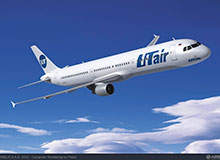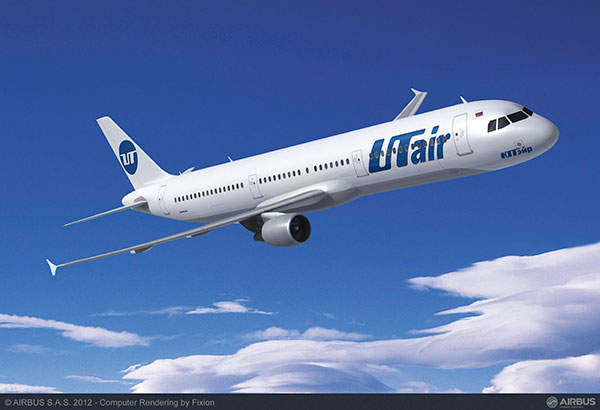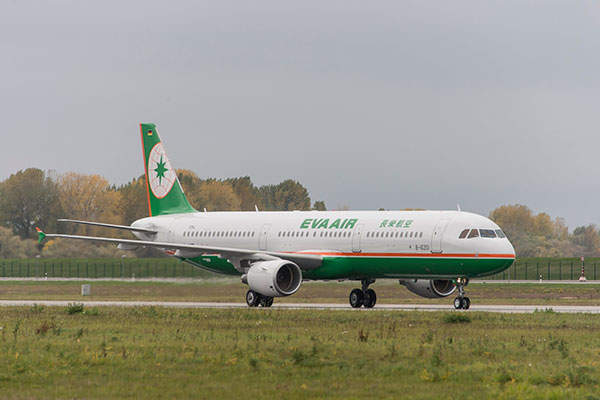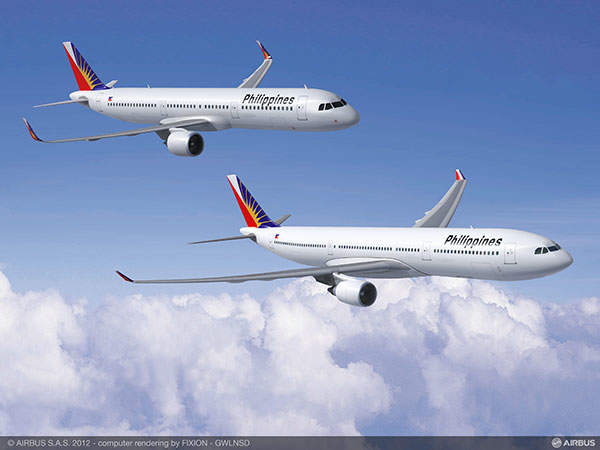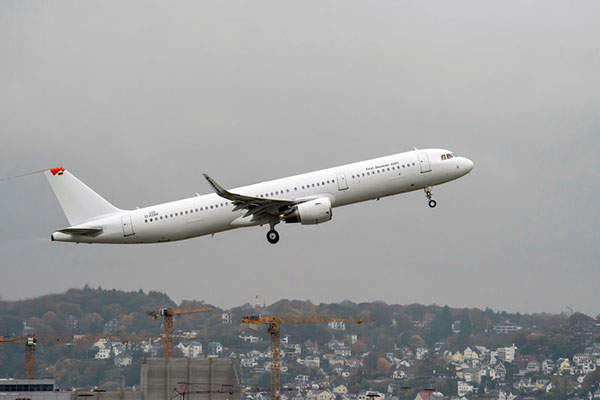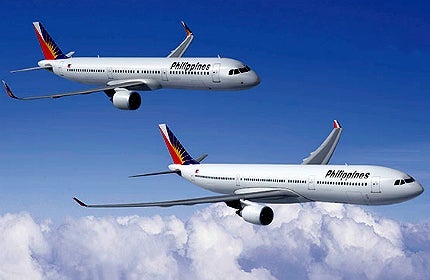The Airbus A321 single-aisle medium range-airliner is the largest aircraft in the A320 range. It accommodates 185 passengers in a standard seating configuration and offers the most economical seat-to-mile costs than other single-aisle aircraft in its class.
The first A321 development aircraft completed its maiden flight in March 1993 and it received European certification in December 1993.
A321neo is a new engine option variant of the A321 aircraft. The new aircraft integrates the latest generation engines and large Sharklet wing-tip devices; it is scheduled to enter service in 2015. It completed its first flight in October 2012.
Airbus will establish a manufacturing facility at the Brookley Aeroplex in Mobile, Alabama, US, for assembling the A319, A320 and A321 aircraft. The new facility is expected to begin the aircraft assembly in 2015.
As of October 2012, Airbus has received 1,233 orders for the A321 aircraft, of which 752 have been delivered.
Airbus A321 orders and deliveries
In November 2012, Airbus received a firm order from TransAsia Airways of Taiwan for six A321neo aircraft. The operator placed an order for six A321neo aircraft and six single aisle A321s in June 2011 and November 2010 respectively.
Airbus received a major firm order in August 2012 from Philippine Airlines (PAL) for 44 A321 aircraft and ten A330-300s.
In July 2012, Utair placed an order with Airbus for 20 A321 aircraft. Air Lease Corporation (ALC) signed a firm contract in June 2012 with Airbus for 36 A320neo aircraft, including 20 A321neos.
In July 2012, China Aircraft Leasing Company (CALC) signed a memorandum of understanding (MoU) with Airbus for 36 A320 Family aircraft, including eight A321s. Arkia Israeli Airlines also placed an order for four A321neos.
Cebu Pacific finalised an order with Airbus for 30 A321neo aircraft in August 2011, with the contract bringing the total firm orders of the A320 line to 71.
In July 2011, American Airlines placed an order for 260 A320 aircraft, including A319s, A320s and A321s. ILFC signed an MOU with Airbus for 75 A320neo and 25 A321neo aircraft in March 2011. In January 2011, Thomas Cook Group signed a firm order with Airbus for 12 A321 aircraft fitted with Sharklet wing-tip devices.
Design features and flight deck
The A321 incorporates a stretched fuselage and strengthened undercarriage for handling higher payloads. It is equipped with more powerful engines and a centralised fault display system (CFDS). The advanced wing design and flight controls enhance handling characteristics.
The aircraft has a length of 44.51m, a wing span of 34.10m, a fuselage width of 3.95m and a height of 11.76m. The maximum takeoff weight of the aircraft is 93.5t.
The flight deck of A321 is similar to that of other aircraft in the A320 range. The full glass cockpit is equipped with full digital fly-by-wire flight control system. The flight deck houses LCD (liquid crystal display) units and an electronic flight and information system (EFIS).
The digital fly-by-wire (DFBW) system is controlled by the aircraft’s digital computers. It moves all the flight controls through an electronic interface.
Airbus A321 state-of-the-art cabin
The A321 features a state-of-the-art cabin offering wider seats and aisles, spacious overhead stowage and vibrant LED lighting.
The wider aisle allows rapid boarding and ensures easier cabin movement. The cabin is equipped with optional in-flight entertainment systems.
The A321 accommodates passengers in a two-class seating arrangement. The typical seating configuration includes 16 seats in first class and 169 in economy. It houses a high-density seating layout and carries up to 220 passengers.
In addition, the wider fuselage houses spacious cargo compartments. The aircraft also offers a containerised baggage / cargo system. The underfloor cargo holds can accommodate up to ten standard containers.
Airbus A321 engines and landing gear
The twin-engine Airbus A321 is powered by two International Aero Engines V2530-A5 or two CFM International CFM-56-5B1 engines, developing a thrust of 133.4kN to 139.7kN. It provides a maximum cruising speed of 903km/h and a range of 5,950km.
New engine options for A321 will include CFMI Leap-1A and Pratt & Whitney PW1100G. The engines will yield 15% more fuel burn savings and a 500nm increase in range.
The A321 is equipped with a retractable tricycle type landing gear, including a steerable nose landing gear and two main landing gear (MLG) units with twin wheels.
Each MLG unit consists of oleo-pneumatic shock absorbers, bar link, torque link damper, side stay, lock stay and retraction mechanisms. The main wheels are fitted with carbon multidisc brakes.
Related content
Airbus A380 Superjumbo Airliner
Airbus’s newly designed superjumbo, the A380, is the world’s first twin-deck, twin-aisle airliner.
Airbus A300-600ST Beluga
Airbus developed the Beluga as a successor to the Super Guppy, initially for Airbus’ own manufacturing needs.

